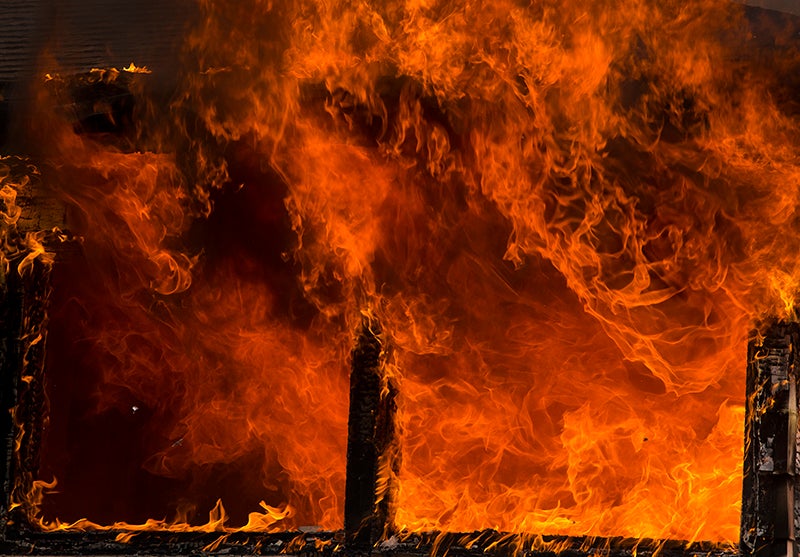Gym extends services to emergency responders
Published 8:00 pm Sunday, July 8, 2018
ROCHESTER — Are firefighters athletes?
That depends on whom you ask. But if you’re asking Jacob Hesse, the answer is an emphatic “Yes!”
Hesse is program manager of Olmsted Medical Center’s Sports Management and Athletic Performance facility. This facility provides training and treatment for athletes of all kinds and all ages.
Since August 2017, they’ve extended those services to firefighters, police officers and other emergency responders in the Rochester area, individuals Hesse refers to as tactical athletes.
“Depending on whom you talk to, some of them don’t think of themselves as athletes in the general sense,” Hesse said of the emergency personnel participating in training with SMAP.
But he and his staff believe these individuals deserve to be thought of as athletes because the physical demands of their jobs require them to train as hard or harder than athletes who participate in a sport.
Last August, the OMC SMAP facility began offering on-site, job-specific training to emergency responders to help them improve job performance and safety.
“The main function is giving tactical athletes like EMS, firefighters and law enforcement the opportunity to come in and train for their job, primarily to try to reduce their risk for injuries and help them be more efficient for their job,” Hesse said.
The program serves roughly 30 firefighters from Rochester, Kasson, Lake City and other surrounding areas on a weekly basis.
The athletes train for mobility and strength with exercises designed to closely mimic real-life situations. OMC SMAP staff design workout programs for each participant that they can use to train both on-site as well as at fire stations.
Besides acting as personal trainers, the OMC SMAP staff also offer physical therapy services to help individuals fully recover from previous injuries or prevent future incidents.
“The reason we started looking at this was because we identified that there’s a large group of what we call athletes that are tactical based and are being somewhat underserved,” Hesse said of the program.
This isn’t the first time OMC has offered tactical training to emergency responders. They’ve provided trainings at individual stations in Rochester since 2015 and have since started similar programs in Kasson and La Crosse, Wisconsin.
However, these trainings are offered infrequently. Through the on-site program, firefighters can visit the OMC SMAP facility multiple times per week for more regular training, which Hesse said is important for keeping them in their best condition and free of injuries.
Chad Kuhlman, a member of the Rochester fire department who trains with the OMC SMAP staff twice a week, calls the program “phenomenal.”
“Our line of work is subject or prone to injury on a day-to-day basis based on what we do for a living and the kind of work that we do,” Kuhlman said. “Taking advantage of a program like that helps us reduce that risk greatly.”
Kuhlman isn’t alone in finding participating in the training to be beneficial. Hesse said he’s had an overwhelmingly positive response since the program launched last fall. The firefighters who come are enthusiastic about doing the training, improving their physical condition and learning exercises they can include in workouts at home or at the fire station.
Hesse added that, although there’s no way of knowing how much the training may have improved job performance or reduced on-the-job injuries for participating emergency personnel, the personal testimonies he’s received tell him that what they’re doing has had a positive impact.
“If they feel like they’re getting stronger and doing their job better and not having any pain, then that’s success in our book,” he said.
Participating in the program is voluntary, requiring firefighters to train on their own time and cover the cost out of pocket, but Hesse said attendance has grown in leaps and bounds since the program started. He hopes to continue that growth by reaching out to other area fire departments as well as law enforcement and emergency medical staff in southeast Minnesota.
“It’s big compared to where we started, but we don’t want it to be small,” Hesse said. “There’s a lot of tactical athletes in Southeast Minnesota and just in Rochester, and we want to be able to help all of them.”




